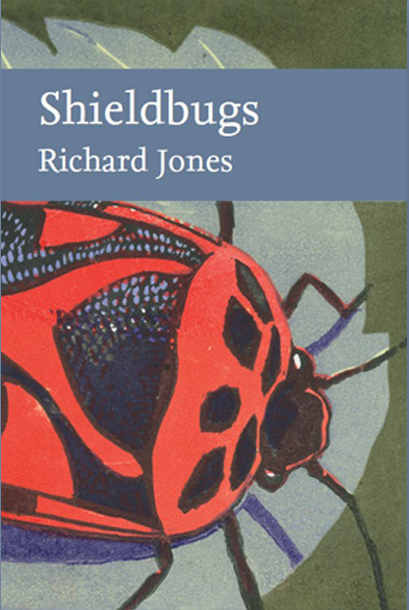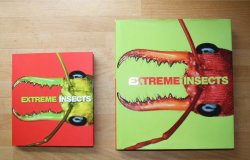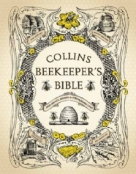CURIOUS? WHY CURIOUS?
When 17th century apothecary and naturalist James Petiver published a picture of what, for 200 years, would be Britain's most enigmatic butterfly, Albin's Hampstead Eye, he reported: "Where it was caught by this curious person". His implication was that Eleazar Albin was not just strange, not just odd, but was fuelled by curiosity.Ongoing projects:
These are some of the books and other projects going on at the moment......Shieldbugs
Ants – the ultimate social insects. British Wildlife Collection
A way with worms
WASP
Beetles — in the Collins New Naturalist series
Call of nature: the secret life of dung
House guests, house pests
How to be a curious entomologist
Mosquito
Gardeners’ World
BBC Wildlife Magazine



Tag Archives: Drilus flavescens
Hallelujah — a beetle larva to bring me to my knees
Apparently I let out a triumphal cry and sank to my knees to greet this wonderful creature — the bizarre, secretive larva of Drilus flavescens. I’ve never seen one before, but instantly knew it from photos that other people had taunted me with. And it features on the cover of the newly published Royal Entomological Society handbook on beetle larvae. Click on the photos to see the Youtube videos we took of it rippling along the South Downs Way near Plumpton Plain just west of Lewes.
The beetle is rather local, on chalk downland in southern England. At least the male is. It looks just like a beetle — its wing cases are brown, its head and thorax are black, and its long feathery antennae are very distinctive. It flies readily and I’ve caught it in my bare hands in my parent’s garden at the foot of the South Downs in Sussex. The female, on the other hand, is a flaccid bag of eggs, lacking wings or wing-cases and weighing 50–100 times as much as a male. On 18 June 2003 I was similarly brought to my knees by this beetle when I found a mating pair walking across the footpath at High Elms, near Downe in Kent.
Entomology is one of the most fascinating studies in the world. There is always something new to see, to discover, to get excited about. I thrive on what some people might call a childish enthusiasm. And it makes me smile.


























You must be logged in to post a comment.